Text










Vítězslava Kaprálová (1915-1940).
Czech conductor and composer.
.
In 1930-1935 she studied composition with Vilém Petrželka and conducting with Zdeněk Chalabala at the Brno Conservatory. She continued her musical education with Vítězslav Novák (1935–37) and Václav Talich (1935–36) in Prague and with Bohuslav Martinů (her teacher and mentor), Charles Munch (1937–39) and, according to some unverified accounts, with Nadia Boulanger (1940) in Paris.
.
In 1937 she conducted the Czech Philharmonic and a year later the BBC Orchestra in her composition Military Sinfonietta.
The same work had been selected by the International Society for Contemporary Music (ISCM) committee as one of the works to represent Czechoslovak contemporary music at the 1938 festival in London.
As the political situation under Nazi occupation in the Czech lands continued to worsen, Kaprálová was inspired to compose works that expressed her feelings of loss for her homeland. Some of these works, often dedicated to her parents, were recorded in Western Europe and rebroadcast in Czechoslovakia.
.
Her husband was the Czech writer Jiří Mucha, whom she married two months before she died. Despite her untimely death, from what was misdiagnosed as miliary tuberculosis, in Montpellier, France at the age of 25, Kaprálová created an impressive body of work.
.
In 1946, in appreciation of her distinctive contribution, the foremost academic institution in the country - the Czech Academy of Sciences and the Arts - awarded Kaprálová membership in memoriam. By 1948 this honour was bestowed on only 10 women, out of 648 members of the Academy.
.
Famous works:
April Preludes
Waving Farewell
Military Sinfonietta
[Submission]
Credits goes to "The Kapralova Society" on Facebook for some of the pictures.
83 notes
·
View notes
Photo






A collection of vintage Czech Christmas postcards
56 notes
·
View notes
Text

Lovely photograph of young Countess Sophie of Chotek (1868-1914) dressed in traditional Czech Costume.
Source: Czech Archives. Please don't remove the watermark.
83 notes
·
View notes
Video
youtube
19th May is the birthday of Nicholas Winton who organized the rescue of 669 Czechoslovak Jewish children in 1939 and secured passage to Britain for them.
12 notes
·
View notes
Photo


St. Václav (Wenceslaus) and St. Ludmila, church of pilgrimage in Litohlavy, Western Bohemia
26 notes
·
View notes
Video
youtube
James A. FitzPatrick`s Traveltalks: Prague in Technicolour, 1935
6 notes
·
View notes
Photo

Vidrší Jan Nepomuckí vísvu celí mňěsíc? Nbo snat díl? Aco vi???
40 notes
·
View notes
Photo
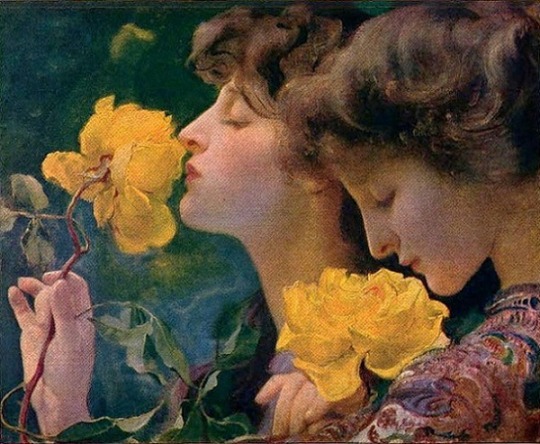
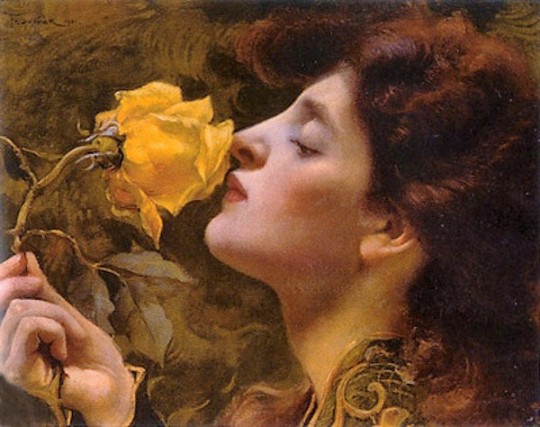
The Four Roses and Lady of the Roses, 1901 by František Dvořák (Czech, 1862–1927)
18K notes
·
View notes
Photo


A statue of Radegast, pagan Slavic god of the Sun, harvest and plenty, at Beskydy mountain range. Allegedly the original statue was made of wood and dressed in a golden breastplate and a helmet. In a sanctuary built near it animal and human sacrifice is said to have taken place. The st. Cyril and Methodius had the sanctuary and the statue torn down when they arrived to preach Christianity to Moravian people in the 9th century, but legends say that the statue was merely hidden and remains safe and undiscovered to this day.
The contemporary statue, a symbol of that part of the country, was created in 1924 by Albín Polášek. The body of Radegast belongs to a man, but his face to a lion, his helmet has bullhorns. In the right hand he holds a cornucopia, in the left a battle axe. Polášek workd with concrete and the statue was 320 cm tall and 1,4 ton heavy. It was paid for by the Czech immigrants living in America and gifted to their homeland. Today the original can be seen at city hall of Frenštát pod Radhoštěm, the tourists can admire an exact copy made of stone in the woods at the original site.
146 notes
·
View notes
Photo

1905 Portrait of Antonín Kovář (photo by Atelier Rafaeli, Brno)
(National Museum, Prague)
122 notes
·
View notes
Photo


Czech castles and forts: Adršpach (chatteau)
Adršpach chatteau (not to be mistaken for Adršpach castle) in Dolní Adšpach was built in 1596 by Adam Bohdanecký of Hodkov. He did not get to enjoy it though. Adam with his son as well as other 39 people were killed by an explosion in Jičín while trying to solve a dispute over an ownership of part of another domain. During its existence the chatteau went through a number of changes in architecture, most notably in 1886, when it belonged to the family Nádherný. The family owned the place up until 1945 when it was confiscated by the Czechoslovakian state on the basis of the Beneš decrees.
The building was slowly falling into ruin until 1970 when basic reparations took place so that the National central archive could take the building over and use it, which it did up until 1989. In 2013 the chatteau was bought from the state by the village Adšpach and since then the building has been under reconstruction. Since 2014 it is accessible to the public throughout the whole year. One floor holds an exhibition of history of rockblimbing, another to the history of the object.
2 notes
·
View notes
Photo


Kosmas and his Chronica Boemorum (Chronicle of Bohemians), the oldest known chronicle written in Bohemia about Bohemian history. The original text was written in Latin, since the author - Kosmas (c. 1045 – October 21, 1125) - was a priest and a historian living in Prague. The chronicle is divided into three parts.
The first book, completed in 1119, starts with the creation of the world and ends in the year 1038. It describes the legendary foundation of the Bohemian state by the oldest Bohemians around the year 600 and the foundation of Přemyslid dynasty, later also the introduction of Christianity in Bohemia. Aside from the seven “legendary” Dukes of Bohemia, it tells of actual historical rulers including St. Václav (Wenceslaus).
The second book describes Bohemian history for the years 1038–1092. The book starts with the heroic deeds of Duke Břetislav and goes on to describe the reign of King Vratislav. The book ends with his death.
The third book (1092–1125) starts with a description of the time of instability and bloody civil wars after Vratislav's death between years 1092 and 1109. The Chronica ends with the reign of Vladislav between 1109 and 1125. The same year, 1125, Cosmas died.
The chronicle is a unique object of priceless literary and historical value, giving base to virtually all consequent chronicles and modern Czech historiography.
10 notes
·
View notes
Photo

Folk dresses from the Pilsen region
34 notes
·
View notes
Photo
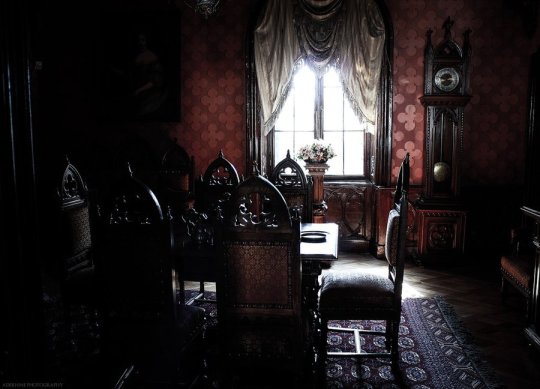
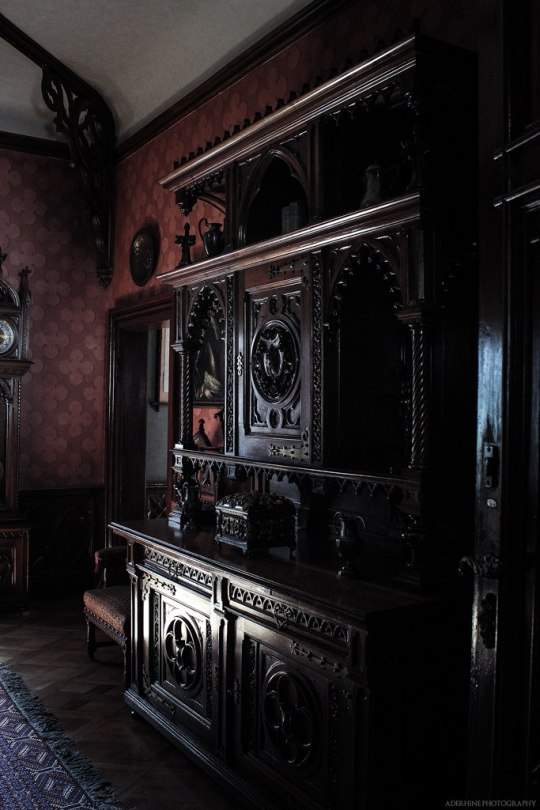
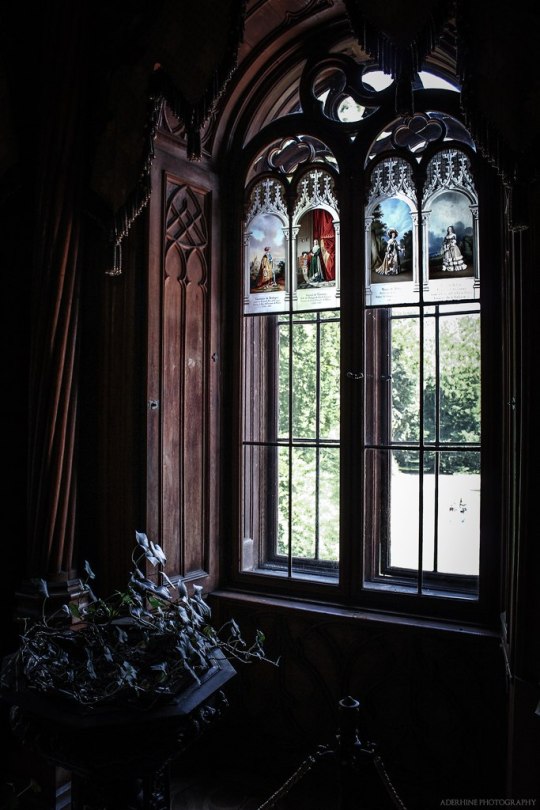

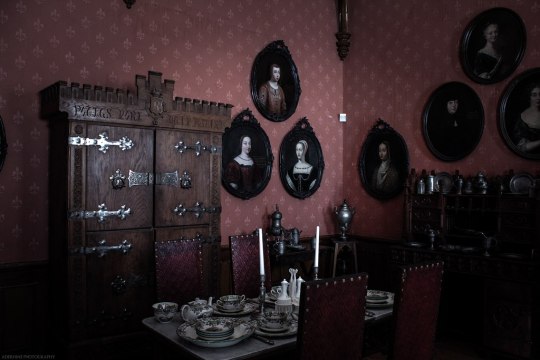
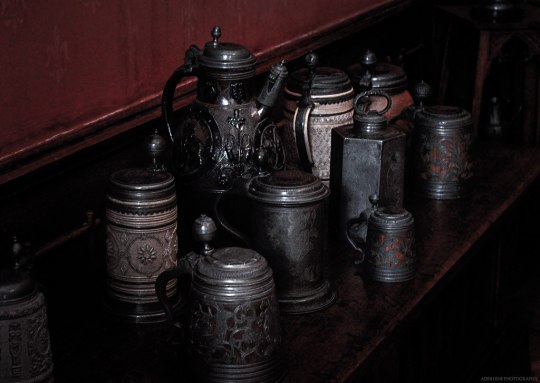
Sychrov_17 by Aderhine
August 2012
Sychrov, Czech Republic
© Aderhine photography
9K notes
·
View notes
Photo

The regalia of the Kingdom of Bohemia
28 notes
·
View notes
Photo






Tales and legends: The Three Daughters of Krok
Once there live a man named Krok, who was known for his wisdom and knowledge of magic. The people came to rely on his council and judgement and in time they elected him their leader. They faithfully followed him when he decided his people needed a new, better place to live and led them to a steep rock high above a river Vltava and there they built him a mighty seat from which he ruled. When Krok died the people gathered by the sacred spring of Jezerka and decided that the rule should remain with the descendants of Krok. As he had no son, the choice was between his three daughters.
Kazi, the eldest, knew every herb and every flower, and used this knowledge to become a powerful healer. The second sister, Teta, wielded the gift of divination. She taught the people to stop bowing to inanimated, wooden statues they had made, and instead to worship the Gods of the Forests, Rivers and Mountains. She was a priestess, much respected, loved and feared. The youngest was Libuše, tender in age but greatest of the three in wisdom. She was the one the people chose to lead them. She, too, was not without the gift of magic which transcends the senses of other humans. For Libuše could see into the future and she predicted lots of great and terrible things to come in both her lifetime and beyond.
Though the legend is set into a time when the Slavic tribes have already settled in Bohemia, there is a great possibility that it actually stems from Celtic culture. The Celts inhabited Bohemia for centuries before the Slavs and it is more than likely that their remaining population merged with the newcomers in the 6th century, passing on bits of their culture to them.
161 notes
·
View notes
Photo

Alfons Mucha: The Slav Epic 1930 exhibition poster, for which the artist´s daughter was a model
102 notes
·
View notes